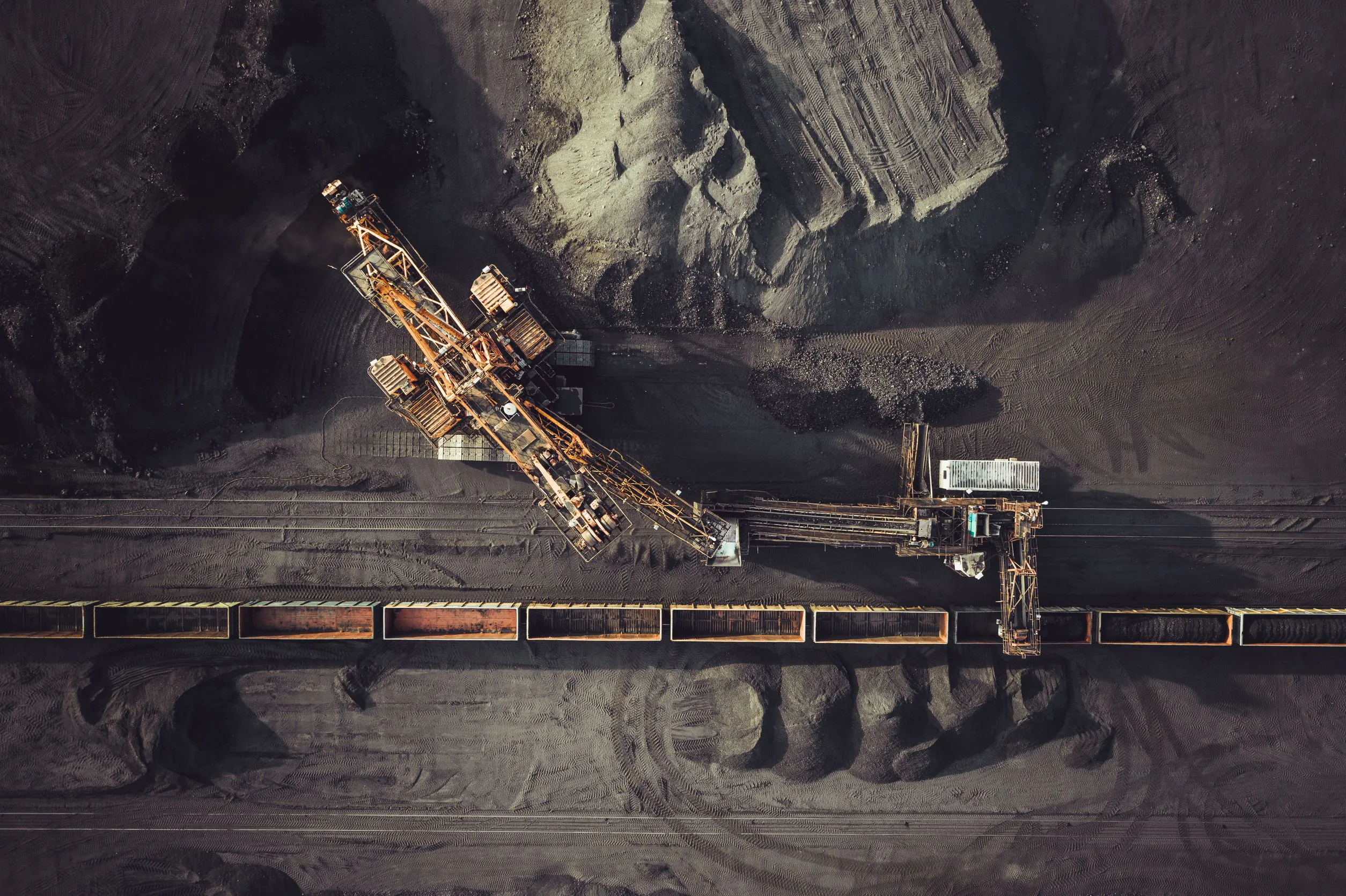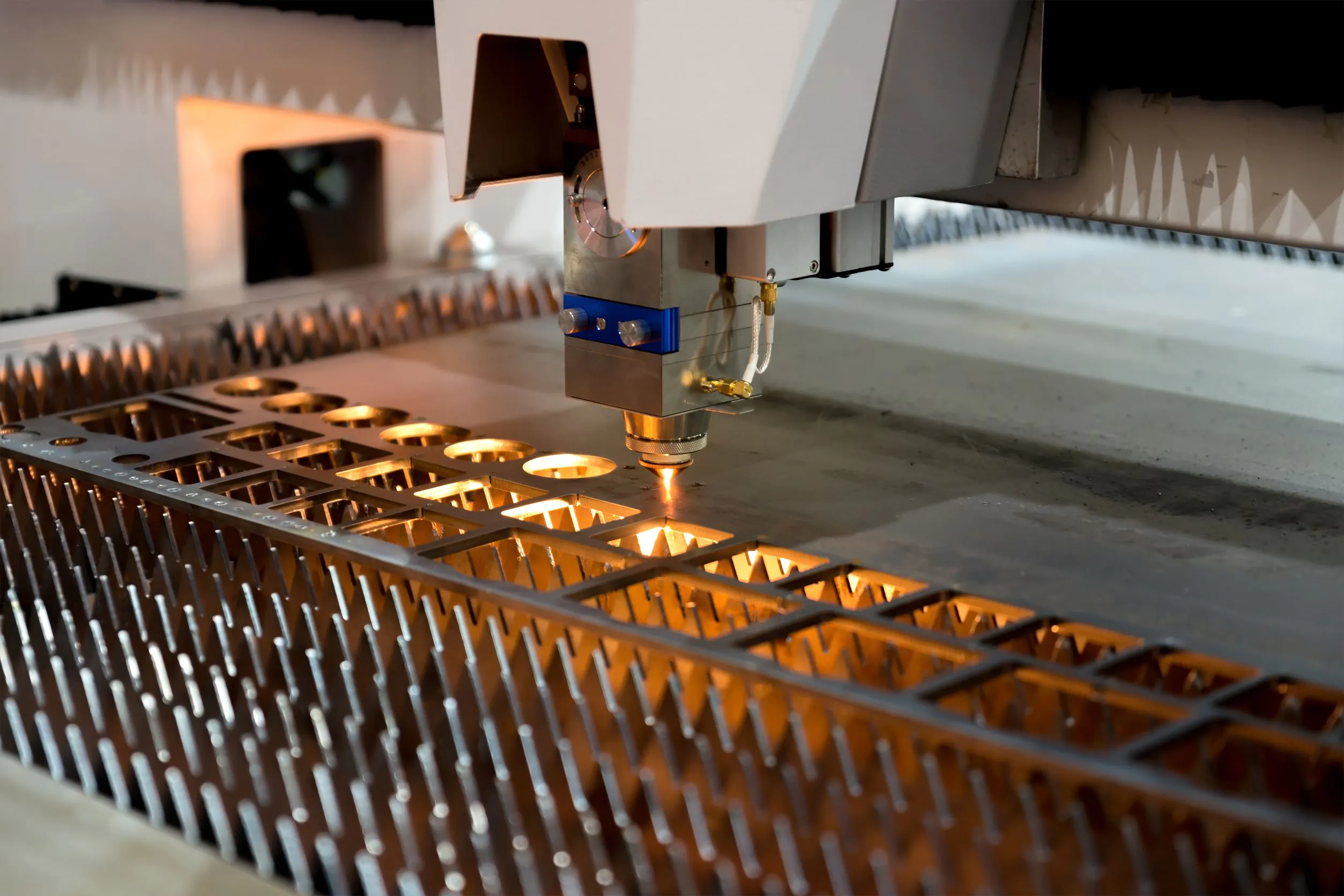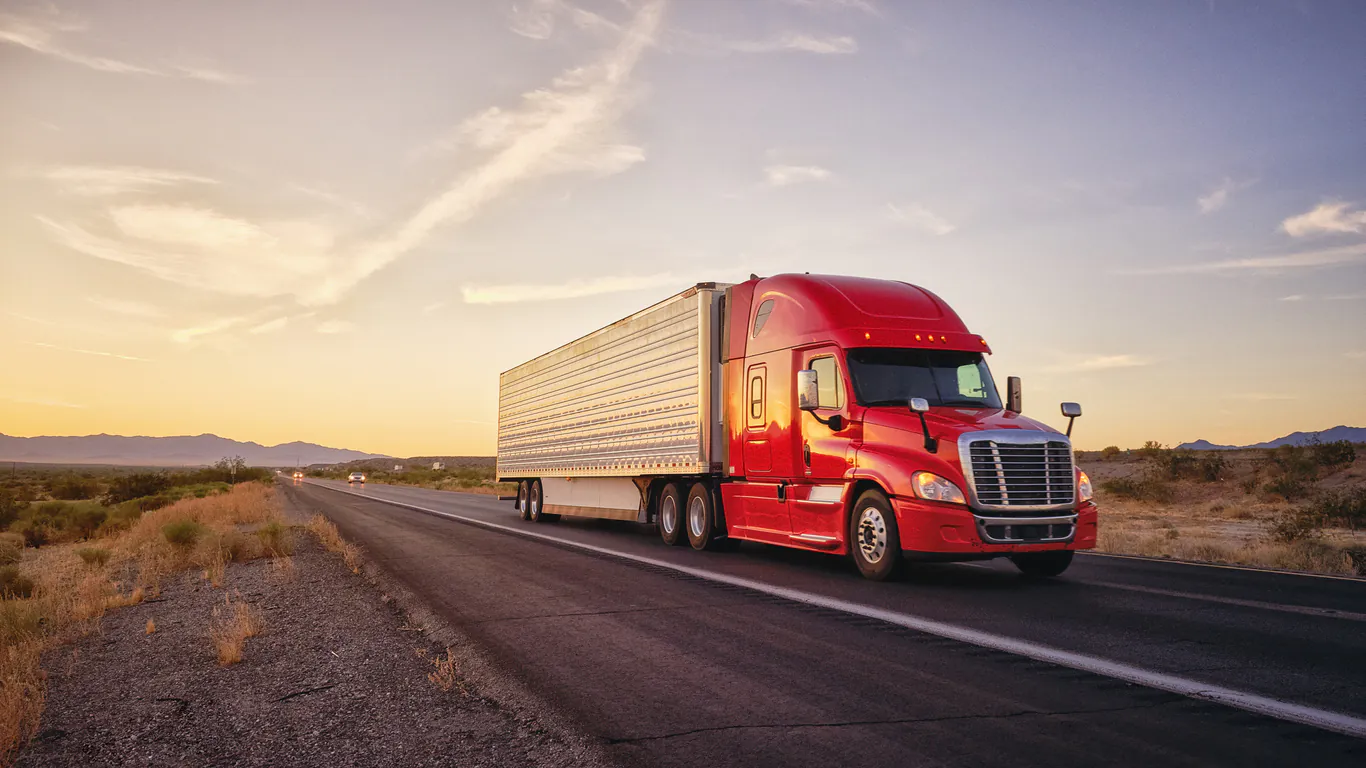There are a wide range of digital technologies that can be used to great advantage by companies in the mining industry. While some large businesses are investing heavily in digitalization, many smaller mining companies have yet to adopt new mining technologies and processes that help streamline operations. AI and machine learning, autonomous vehicles, the IoT, and more offer a range of advantages to improve both efficiency and safety in mining processes, and can help improve sustainability as well.
How is Digital Mining Technology Being Used in the Industry?
AI and machine learning can benefit mining companies in many ways. They can be used to monitor operations and identify potential inefficiencies and safety hazards, and to facilitate predictive maintenance in order to service and repair machinery before it fails rather than afterwards, reducing potential downtime. Sensors on machinery and equipment can collect and relay information via the IoT in order to provide data for these purposes, as well as reduce the amount of manual recordkeeping being done and improve accuracy. They can also be used in workers’ clothing and equipment in order to track worker location, detect dangerous environments, and alert others in the case of an accident.
Access Free Mining Industry Insights
AR and VR are also useful tools for both training and on-site operations. These technologies can allow workers to learn how to work with machinery in a way that protects both themselves and the equipment from accidents or other hazards. They also facilitate remote learning and make it easier to monitor progress and provide feedback.
AR devices are useful in the field as well. They can display a range of important information to workers, including instructions on how to operate or repair equipment. They can also relay information from the site to an off-site expert who can walk the user through difficult or unfamiliar tasks.
Digital Mining Technology for Sustainability
Sumitomo, an investment and trading group, is partnering with idoba, a company providing digital products and services to the mining and resources industry. The two businesses are collaborating under a memorandum of understanding (MoU) to develop digital mining products to improve sustainability in the sector. These products will provide mining process optimization (collecting and analyzing data to predict future outcomes) as well as carbon footprint management (providing guidance on carbon reduction decisions while optimizing performance).
Connected Problem Solving
Engineering company Sandvik has developed an app that provides its field services engineers with access to digital tools and knowledge to troubleshoot and problem solve a wide range of issues. The app includes a central database of collective knowledge and can be used to search issues, open tickets, look at schematics, watch tutorials, and even consult with experts at another location. This allows the company to solve more problems remotely and quickly, minimizing the number of technicians needed to be sent into the field. Sandvik’s app uses a headset with built-in screen to display information, along with a microphone, earpiece, and camera to facilitate communication with other workers.
Sandvik has been running a pilot of the technology but intends a full rollout by the end of 2022. In the future, the app could be offered to customers as well, and utilize a smartphone rather than a headset, allowing the company to further minimize the time and resources needed to service a given piece of machinery.
Connect with Mining Industry Companies
Applying AI and Machine Learning to Uranium Mining Practices
Saskatchewan Polytechnic has been working with Cameco, one of the world’s largest uranium producers, to advance the uranium mining process through the use of AI and machine learning. The team is applying these technologies to create a model to improve the accuracy of jet boring mechanics in the mining process. By collecting, analyzing, and synthesizing large quantities of mining data, the researchers are able to model the jet boring process and predict uranium mining outcomes with 90% accuracy. Using billions of data points such as geological information, sensor data, and extraction process data, this model cuts out the labor-intensive planning process and allows the mining process to be more precise and generate less waste.
5G Edge Slicing
Nokia is partnering with mobile operator Telia to trial edge slicing technology with Sandvik on a live commercial network. Edge slicing allows operators to provide dedicated services to enterprise customers, providing security, reliability, and high performance for important industrial operations. As the mining industry increasingly relies on data collection, storage, and analysis, as well as autonomous vehicles and other digital mining technologies, 5G edge slicing can improve efficiency and provide new opportunities to businesses.
The Future of the Mining Industry
As sustainability becomes an increasing priority with governments and consumers around the world, mining companies will need to take the environment into consideration when planning and executing mining operations. Technological innovations such as big data, the IoT, digital twinning, and much more will help companies improve efficiency, reduce waste, and lower their impact on the environment. Reliable tools and advanced safety measures can also improve worker safety and retention, helping to boost productivity and minimize downtime.
Connect with Digital Mining Technology Companies
91��Ƭ��’s platform contains more than 18,000 mining industry company profiles that are free to view, including more than 5,000 mining support services companies. Each profile consists of in-depth company insights composed of 50+ data points, with full industry trend and challenge analysis for 5 mining industry categories.
Browse companies in sectors such as:



